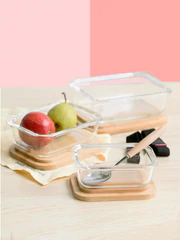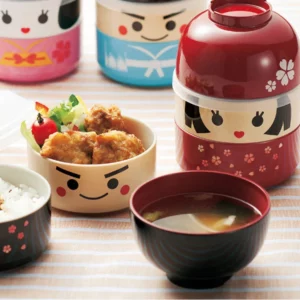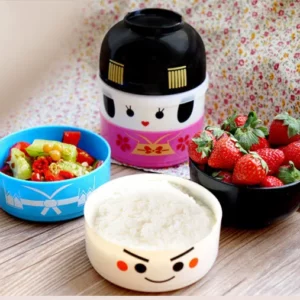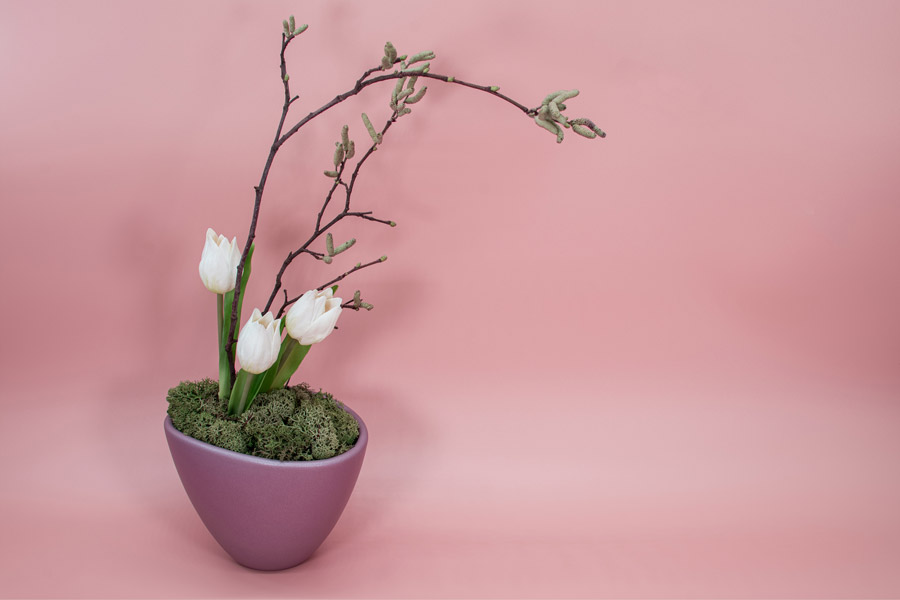Let’s be honest, who here doesn’t adore the cute bento often found in anime? From cute apple rabbits to tiny sausage octopi, these tiny characters seem to make Japanese lunch boxes more enticing to eat.
In Japan, making bento is a love language in itself. A doting and stereotypical mother fixes a delicious-looking and creative bento for her children. Through the lunch boxes she makes, she is then able to convey her love for her family. In other instances, students cook bento to indirectly confess their love to another person. After all, making bento is a painstaking process—often taking hours of work from preparation to decoration. Indeed, spending this much time and effort on another is really the greatest expression of love.
Of course, this culture is also rooted in gender-based social differences present even in modern-day Japan. Who would have the time to make such intricate meals if not the mother who spends all day at home? Cwiertka writes that by the mid-1960s, “the family meal was transformed into a cult of domesticity, and an ability to cook was promoted as a key symbol of adult womanhood”.
In this article, we will be discussing the history of the Japanese lunch box. Initially, a creative method to get children to eat dislikeable foods, it has now transformed into another part of kawaii culture. As kyaraben or the character bento grows in popularity, we can assess how the role of bento in Japanese daily life has changed throughout the decades.
Bento as a Means for Nutrition
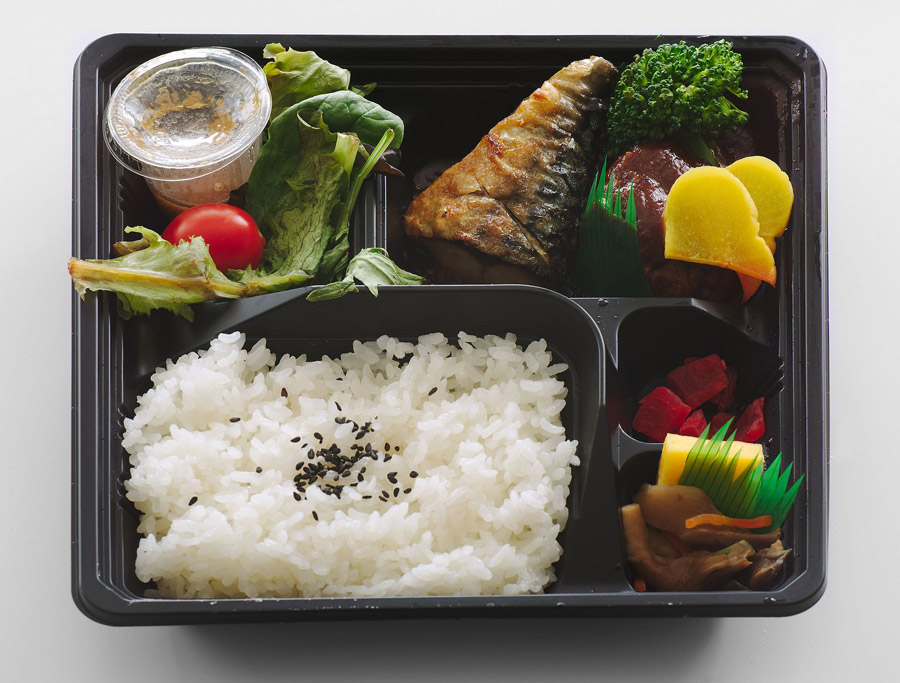
In the 1980s, Anne Allison conducted research on bento as her young son was attending preschool. She described the making and consumption of bento as an “ideological state apparatus”. She believed that, in a way, bento-making is a form of training for women to become mothers, and eating this meal completely helped their children to become responsible members of society.
This belief, especially the latter half, may be rooted in the fact that bento was initially created by mothers who wanted to feed their children unappetizing yet healthy foods. The main ingredient concerned was protein-rich liver, but vegetables such as broccoli were also hard to feed to children.
In the 1982 cookbook, Yōchien taipu betsu no obentō (“Different Types of Preschool Bento”), there was a section specifically dedicated to rebā girai (liver aversion). In these recipes, images of apples sliced fancily and quail eggs with tiny faces accompanied the so-hated liver.
However, the cookbooks of the time lacked the fancy egg shapers and cutesy toothpicks of today. Their bento boxes were simple, with recipe times predicting less than 30 minutes of total preparation. In fact, the preschoolers’ bento back then more closely resembled the common adult bento of today—plain, simple, yet packed with different healthful foods. This tells us that at the time, the priority of mothers was simply to get their children to eat better.
The Transition From Nutrition to Aesthetics

From the 1980s, when feeding children healthy foods was the main goal of preparing bento, the lunchbox culture evolved to include a focus on the aesthetics of the meal. The progression was clear: from simple lunches, nature imagery was added (i.e. rabbit-shaped apples), then adding kyara goods to bento, to having these cutesy characters fully integrated into the lunchbox.
In 1991, before plastic food shapers were introduced, a bento cookbook detailed a method to create flower-shaped eggs using chopsticks, a daikon radish, and a rubber band. A cookbook from 1992 featured sandwiches and cookies cut into cute animal and vehicle shapes, described as a method to get babies to begin eating solid foods. In 1996, a cookbook titled Yōchien no obentō (“Kindergarten Bento”) featured colorful Hello Kitty-designed lunch boxes and Snoopy-themed napkins. AnpanMan-shaped readymade potato cakes were featured side-by-side with homemade rice balls designed to resemble his sidekick, OmusubiMan. This publication still featured ways to get children to eat liver.
The explicit tipping point of the shift to aesthetics seems to be the instructional book, Pokemon to ninkimonotachi kantan kawaii kyarakutā bentō (“Pokemon and Other Popular Ones’ Easy Cute Character Bento”). This publication contained steps on how to create popular TV and video game heroes in a bento format. At that time, the character shapes were still made manually, with molds and cutters having yet to be invented.
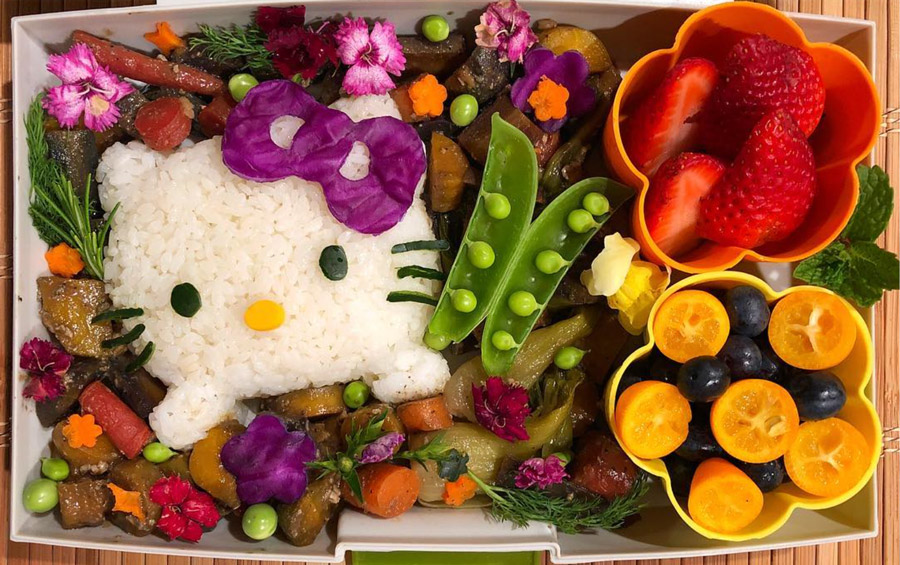
In the years since, character bento boxes became more and more popular among mothers, with more publications instructing them on how to produce these beautiful creations. By 2008, professional-looking characters were being made within the confines of a small lunch box. Gendering was also apparent—flowers and cute animals in pink bento boxes were popular for daughters, while sons enjoyed automobiles and sea creatures in their blue bento boxes.
When it came to making kyaraben, the more decorative you wanted it to be, the more time it would take to finish. Thus, with the rise of popularity of the cutesy homemade meal, tools of all kinds emerged too. From colorful picks and character-specific cutters to even everyday items like scissors and tweezers—this tedious process that previously required manual effort turned into another marketing scheme. As expressed by Luce Girard (1998):
“… a series of tiny metal instruments have come along to help the housewife, or rather, to give ‘professional’ perfection to the presentation of her dishes, and that is a pity because it is as if she has to mimic the production of a caterer or an industrial cookie factory in order to please her guests.”

Indeed, licensed characters were the most popular objects that bento-making women wanted to recreate in their meals. In 2014, Kumamon had a 20% share of the bento recipes on the Cookpad website. Initially, the items necessary to create such characters were available in limited stores, particularly those with a focus on kitchen goods. However, by 2010, even the 100-yen shops offered specialized tools for creating kyaraben designs. More and more, cookbooks, blogs, and even applications were gaining popularity. Women nationwide were becoming more enticed to create such beautiful lunch boxes for their loved ones.
Concerns about the Kyaraben
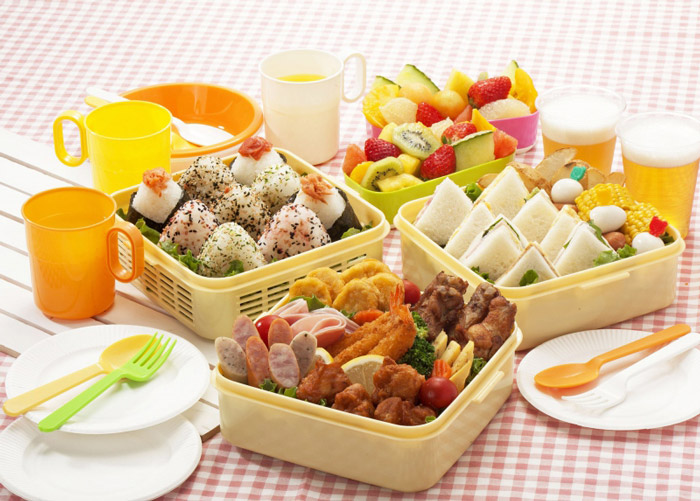
However, there were many problems with the kyaraben, causing opposition from some. Its reliance on processed food was a cause of concern. While the bento was created to get younger children to enjoy eating healthy foods, the aesthetics of the kyaraben encouraged the use of processed meats and cheese to achieve beautiful results. There are not a lot of options when searching for foods that are both healthy and aesthetic. Furthermore, while the traditional bento served as a way to eat leftovers from yesterday’s meals, the kyaraben created more leftovers as shape cutouts were necessary to decorate the meal.
Who gets to eat the leftovers of the meal creation?
All of the aforementioned aside, the time and effort that the kyaraben takes to prepare to make it impossible for some mothers to create. Because of this, problems with competition and even bullying arose. Some communities even resorted to banning these complex lunches. Other concerns were related to the hygiene of food preparation; with the amount of cutting and slicing and whatnot involved, contamination is likely especially with homemade kyaraben.
Despite these concerns, even today there is a thriving community of bento-makers. These are the people who enjoy preparing bento. They share tips and tricks with one another to create aesthetic and nutritious meals for their loved ones. As Girard puts it, food preparation in Japan is “repeated in time and space, rooted in the fabric of relationships to others and to one’s self, marked by the ‘family saga’ and the history of each, bound to childhood memory just like rhythms and seasons”.





































